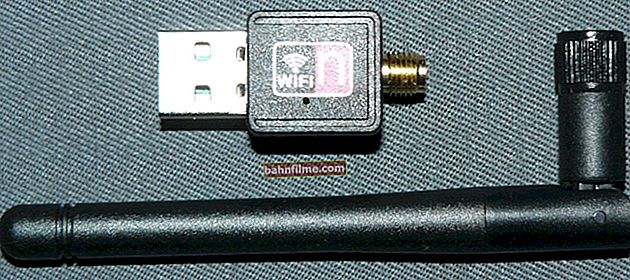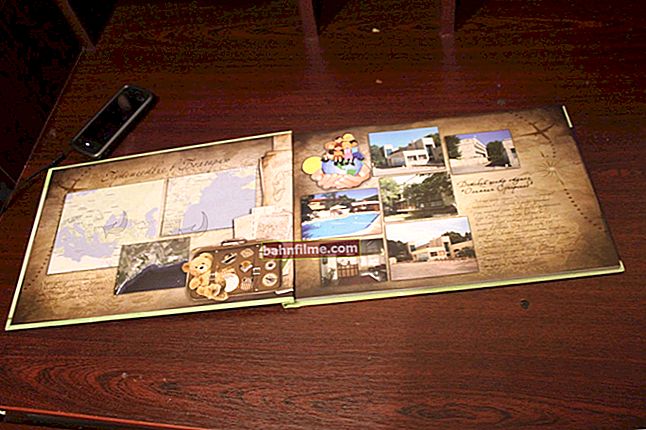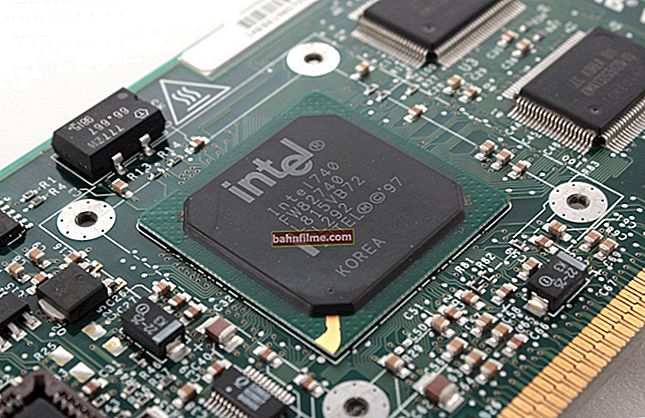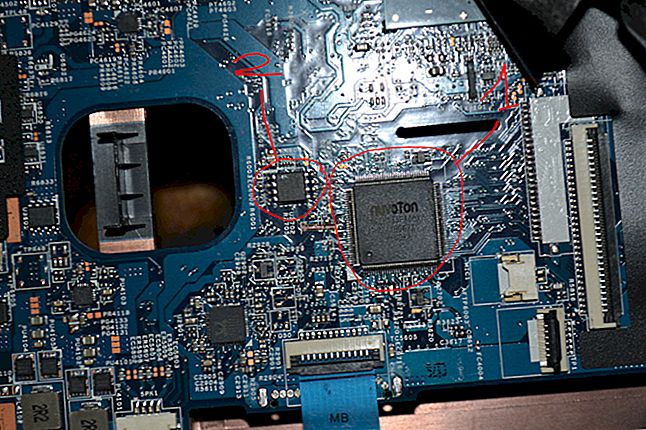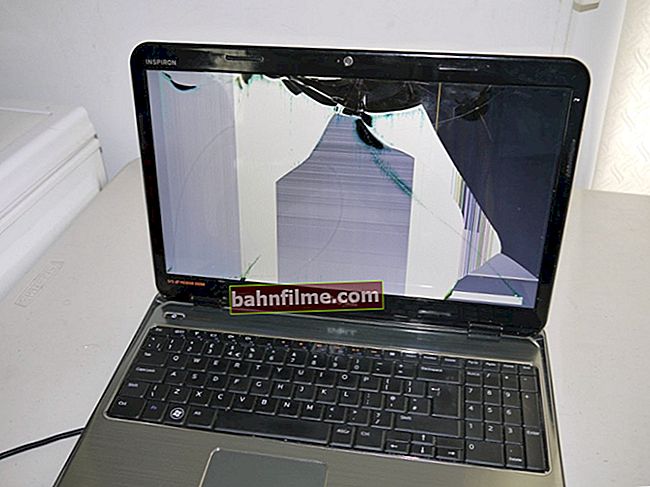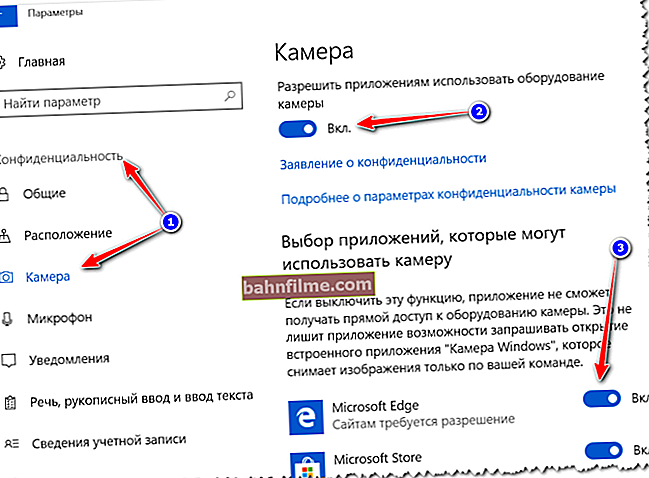 Hello!
Hello!
Today's note is based on dozens of questions that have to be answered in one way or another 😊 - and as my point of view shows, not everyone can open the graphics / video card control panel ...
But this may be needed in a variety of cases: for example, when trying to speed up the video card or, if necessary, turn it off. certain parameters, change the resolution, etc.
The note will be universal and will suit you regardless of the model of your card (AMD, nVidia, Intel). The only point: the following is relevant for modern versions of Windows (XP - does not apply to them ...).
And so, closer to the topic ...
*
Can't find the graphics control panel: what to do
👉 STEP 1: check for video driver
To start (so as not to waste time in vain) I would recommend clarifying whether the video driver itself is installed.
Important!
After reinstalling Windows 10, many users do not update the video driver (they use the one supplied by the OS). Meanwhile, usually, it comes without a control panel - i.e. it simply does not exist and looking for icons and links to it is useless ...
For Intel HD, by the way, there is a special one in the Microsoft Store. graphics control center!
*
To do this, open 👉 Device Manager and look at the tab "Video adapters" ... Notice the icon next to the name of your video adapter: is there an exclamation mark on it? (if there is, this indicates the absence of a video driver)

The driver for the video card is installed (on the left), there is no driver (on the right)
In general, it is better to update it from the official website of the manufacturer (links to the necessary pages 👇):
- //www.amd.com/
- //www.intel.ru/
- //www.nvidia.ru/
- if you have a laptop, then download the video driver from the device manufacturer's website: ASUS, HP, Dell, etc. (the manufacturer often modifies it and adds additional panels).
*
Besides, for timely auto-update of drivers and necessary components for the operation of 3D applications (games) - I would advise using the 👉 Driver Booster utility. It is designed for novice users: the whole process is as simple as possible. See below for an example of her work. 👇

Driver Booster - 9 outdated drivers found (example of the program)
*
👉 STEP 2: how to open the graphics card settings
Method 1
On the desktop, right-click (RMB) on any free space - should open the explorer menu. In most cases, it should contain a link to the graphics panel (in my case "Radeon" 👇, in yours it may be on "Intel" or "nVidia").

RMB on the desktop
*
Method 2
Look closely at the bottom right corner: there should be a lot of icons next to the clock. Often, among them is the video driver (by the way, it can be hidden - pay attention to the arrow 👇 ...).

Radeon Software - Tray Icon
*
Method 3
First you need to open 👉 the Windows Control Panel and switch the display to "Large icons" ... Among the variety of links to various parameters, there should also be a link to the video driver (unless, with the exception of the latest drivers from Intel, they stopped adding icons to the control panel ...).

Control Panel - Large Icons
*
Method 4
Go to the START menu and carefully review all the tabs: usually after installing the full version of the video driver, a link to its control panel will appear in the menu. 👇

START menu / Windows 10
By the way, in Windows 10 it is very well implemented Search: if you click on the magnifying glass icon (near START) and enter the abbreviation "AMD" (or "Intel", "nVidia"), a link to the graphics control panel will be automatically found.
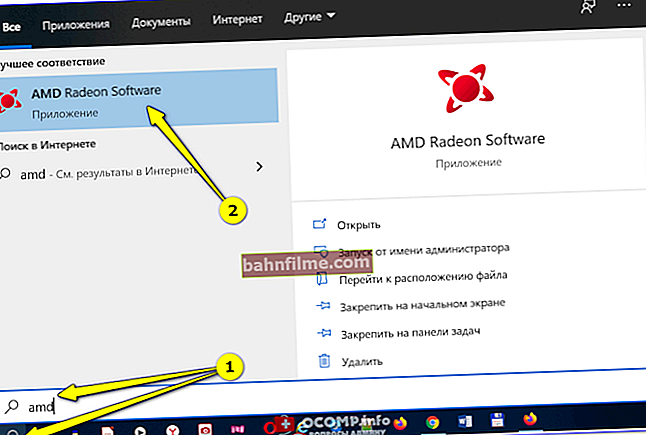
AMD Radeon Software - search
*
Method 5
There is also a more radical way (manual), when we will not look for any icons, but will try to launch the application itself to configure the video driver directly.
To start you need to open "My Computer" and go to the system drive "C: \" (by default, all software associated with the video card is installed on it).
Next, you need to open the folder "Program Files" and go to the directory corresponding to the name of your video adapter (a couple of addresses as an example below).
C: \ Program Files \ AMD \ CNext \ CNext
C: \ Program Files \ NVIDIA Corporation \ Control Panel Client \

AMD Control Panel Files Folder
If you have an AMD video card, it will be enough to run the file "RadeonSoftware.exe", for nVidia - the file "nvcplui.exe" ... 👌
*
If you find a link to the video card management menu differently - let me know in the comments (thanks in advance).
All the best!
👋
